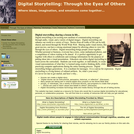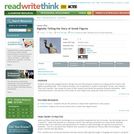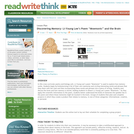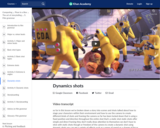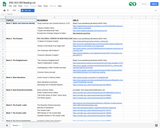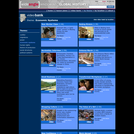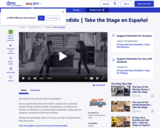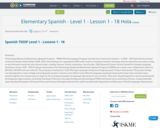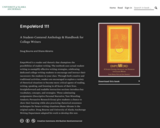Short Description:
For more accessible and classroom-friendly (Word and PDF) versions of this book, please view and download them at PDXScholar. This Pressbook version primarily exists to encourage others to adapt and adopt EmpoWord: A Student-Centered Anthology & Handbook for College Writers using Pressbooks. This textbook is designed for students of first- and second-year college composition courses (in Oregon, WR-115, 121, 122, and 222), but it is also a great tool for college prep students, more advanced writers, or independent learners. Early teachers are encouraged to use the textbook to support them in curriculum design, and experienced teachers can use it to supplement their tried-and-true methods.
Long Description:
EmpoWord is a reader and rhetoric that champions the possibilities of student writing. The textbook uses actual student writing to exemplify effective writing strategies, celebrating dedicated college writing students to encourage and instruct their successors: the students in your class.
Through both creative and traditional activities, readers are encouraged to explore a variety of rhetorical situations to become more critical agents of reading, writing, speaking, and listening in all facets of their lives. Straightforward and readable instruction sections introduce key vocabulary, concepts, and strategies. Three culminating assignments (Descriptive Personal Narrative; Text-Wrestling Analysis; Persuasive Research Essay) give students a chance to show their learning while also practicing rhetorical awareness techniques for future writing situations.
This textbook is designed for students of first- and second-year college composition courses (in Oregon, WR-115, 121, 122, and 222), but it is also a great tool for college prep students, more advanced writers, or independent learners. Early teachers are encouraged to use the textbook to support them in curriculum design, and experienced teachers can use it to supplement their tried-and-true methods.
Word Count: 142789
(Note: This resource's metadata has been created automatically by reformatting and/or combining the information that the author initially provided as part of a bulk import process.)

![Digital Storytelling [Natural Sciences]](https://img.oercommons.org/160x134/oercommons/media/upload/materials/screenshots/materials-course-280645.png)
